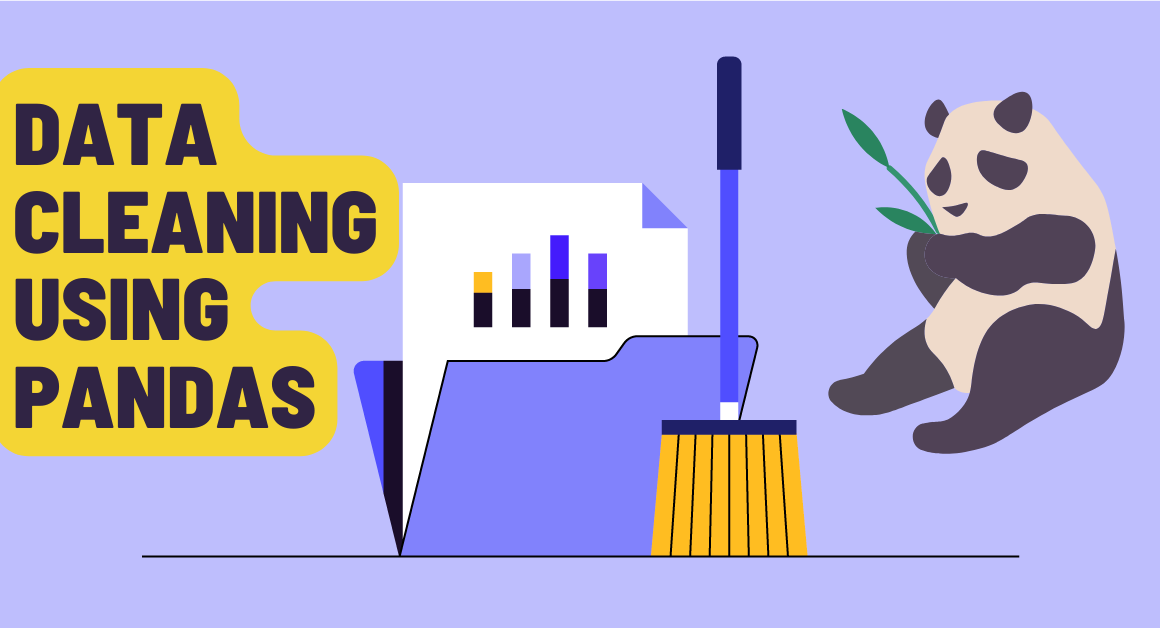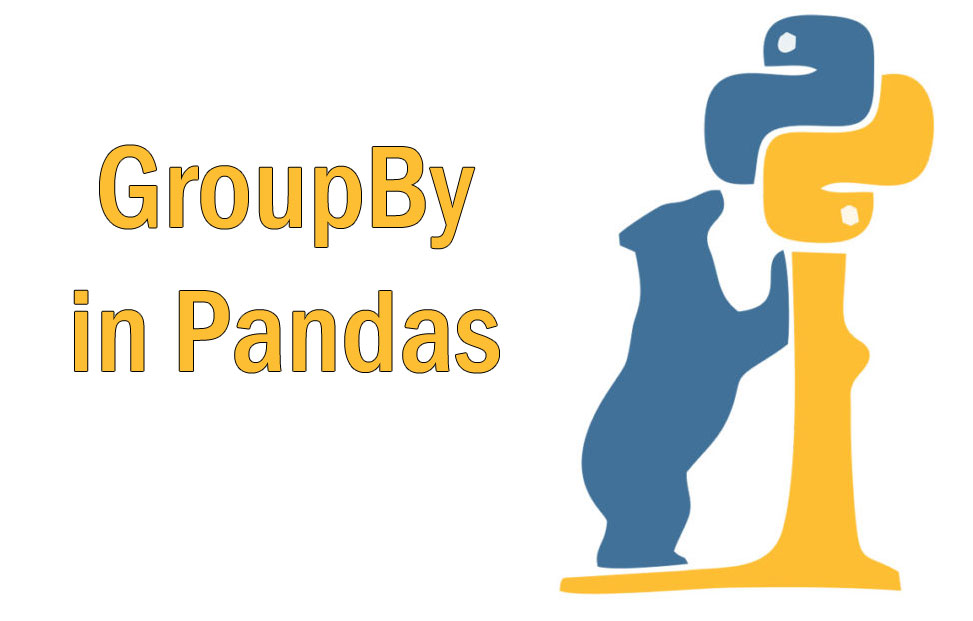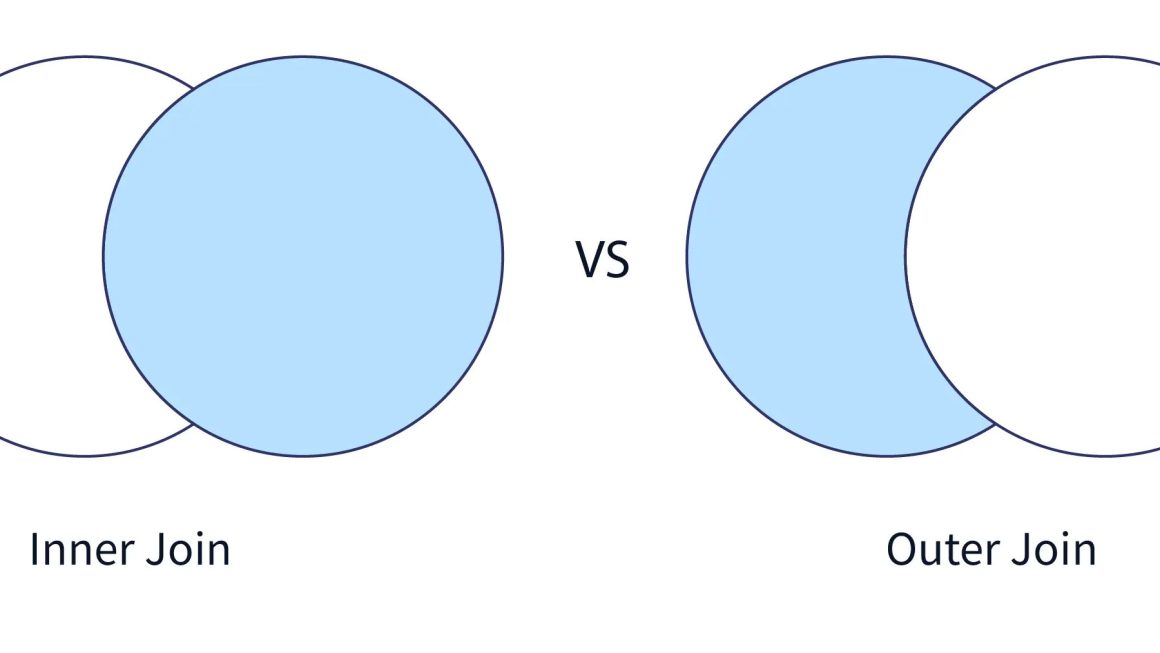Business Analysts (BA) play a pivotal role in helping organizations bridge the gap between complex data and strategic business decisions. As businesses increasingly rely on data to inform their decisions, the demand for skilled business analysts is at an all-time high. To succeed in a business analyst interview in 2025, you must be well prepared for questions that evaluate your technical expertise and your ability to solve real-world business challenges.
In this guide, we’ll cover the common business analyst interview questions and answers, outline the business analyst job role, tackle case study questions, dive into the Agile methodology for business analysts, and explore the essential tools and techniques every modern BA should be familiar with. Let’s get you interview-ready!

Top 25 Common Business Analyst Interview Questions and Answers for 2025
-
Question 1: What does a business analyst do?
Answer: A business analyst identifies business needs, analyzes data, and defines solutions to enhance business processes. They act as the liaison between the stakeholders and technical teams, ensuring that business goals are met through effective solutions.
-
Question 2: What approach do you take when project requirements change mid-way?
In the face of changing requirements, I stay flexible but organized. I follow a structured change management process, involving the stakeholders in discussions to reassess priorities. Clear and continuous communication is essential to make sure any changes stay aligned with the strategic direction and goals of the project.
-
Question 3: What is the difference between BRD and SRS?
A BRD (Business Requirements Document) focuses on the high-level business needs and objectives, while an SRS (Software Requirements Specification) details how the software solution will meet those business needs from a technical perspective.
-
Question 4: How do you prioritize requirements?
I prioritize requirements using frameworks like MoSCoW (Must Have, Should Have, Could Have, Won’t Have) or by evaluating the business impact. Collaboration with stakeholders helps ensure we focus on delivering the most valuable solutions first.
-
Question 5: Which analytical tools do you rely on to interpret and visualize data effectively?
I commonly use Excel for initial data analysis, SQL for querying databases, and Power BI for creating interactive dashboards. These tools help me present data in an accessible way for stakeholders to make informed decisions.
Understanding the Business Analyst Job Role
A business analyst is responsible for assessing business needs, gathering requirements, and ensuring the right solutions are implemented. They also focus on improving business processes, ensuring that the solutions implemented are both effective and cost-efficient.
Frequently Asked Interview Questions Regarding the Role of a Business Analyst
-
Question 1: Can you outline the main duties performed by a business analyst?
Answer: A business analyst is responsible for identifying business problems, gathering and analyzing requirements, defining project scope, facilitating communication between stakeholders, and ensuring the successful implementation of solutions.
-
Question 2: How do you make technical details easily understandable for stakeholders without a tech background?
- Answer: I use visual aids like flowcharts, dashboards, or simple analogies to explain complex concepts in a way that’s easy for non-technical stakeholders to understand. I also focus on the business outcomes rather than the technical details.
-
Question 3: Share an experience where you faced significant project challenges and explain how you resolved them?
Answer: In one project, the scope kept shifting, which created confusion and delays. I worked closely with the stakeholders to clarify the requirements and establish a clearer project scope. Through frequent communication and strong documentation, we managed to meet the deadlines.
-
Question 4: What techniques do you follow to collect project or business requirements?
Answer: I use a combination of interviews, workshops, surveys, and user stories to gather requirements. I also leverage existing documentation for context and use tools like Jira, Azure DevOps to track the progress.
-
Question 5: How do you ensure the solution meets the business needs?
Answer: I ensure that the solution meets business needs by defining clear acceptance criteria and working closely with stakeholders to validate the results throughout the project lifecycle. Regular feedback is key.
Business Analyst Case Study Questions
Case studies assess your practical problem-solving abilities. Here are some examples you might encounter:
-
Question 1: A company’s sales performance is declining. How would you approach this?
Answer: I would start by analyzing sales data to identify patterns, such as seasonality or customer demographics. I’d also consult with the sales and marketing teams to understand any challenges or changes in strategy that might have contributed to the decline.
-
Question 2: You’re tasked with improving a company’s internal communication. What’s your plan?
Answer: I would start by assessing the current communication channels, identifying gaps or inefficiencies. I would conduct interviews or surveys with employees to understand their challenges and propose a solution that integrates better tools or processes to improve communication.
-
Question 3: What steps do you take when stakeholders present conflicting needs or expectations?
Answer: I rely on prioritization frameworks and collaborative discussions to isolate and address the most impactful requirements. I would bring all stakeholders together for a discussion to align on the overall business goals and find a compromise that delivers value for all.
-
Question 4: A client wants to automate a manual process. What steps do you take?
Answer: I would first analyze the current process to identify inefficiencies. Then, I would evaluate automation tools and technologies that could streamline the process. After selecting the appropriate tool, I’d work with the development team to implement and test the solution.
-
Question 5: You’re given a project with unclear goals. How do you handle it?
Answer: I engage stakeholders directly to gain clarity on the project’s intended goals and deliverables. This involves setting up initial meetings, asking the right questions, and documenting all requirements clearly before proceeding further with the project.
Agile Methodology for Business Analysts
Agile is a flexible, iterative approach that is commonly used in today’s fast-paced business environment. As a business analyst, Agile allows me to focus on delivering continuous value while maintaining flexibility.
Agile-Based Interview Questions for 2025
-
Question 1: How do you contribute as a business analyst within an Agile framework?
Answer: I collaborate with the Product Owner to define user stories, support sprint planning, and ensure that the team has everything they need to deliver valuable results. Additionally, I assist in backlog refinement and ensure consistent communication between team members and stakeholders.
-
Question 2: How do you ensure continuous feedback in Agile projects?
Answer: I schedule regular sprint reviews and demos, encouraging stakeholders to provide ongoing feedback. This ensures we stay aligned with business objectives and make course corrections as needed.
-
Question 3: How do you write user stories in Agile?
Answer: User stories are written using the format: As a [user], I want to [action], so that [goal]. I also include clear acceptance criteria to ensure the development team understands what needs to be delivered.
-
Question 4: How do you manage scope changes in Agile?
Answer: In Agile, scope changes are inevitable. I work with the Product Owner to assess the change’s impact on the sprint, adjust the backlog as necessary, and communicate any updates to the team.
-
Question 5: What metrics or feedback mechanisms do you use to evaluate the outcomes of Agile projects?
Answer: I use key performance indicators (KPIs), stakeholder feedback, and review completed stories against the acceptance criteria. Additionally, I track metrics like velocity and burn-down charts to ensure steady progress.
Business Analyst Tools and Techniques (2025)
Business analysts in 2025 are expected to be highly proficient in tools and techniques that help them analyze data, collaborate with teams, and deliver value quickly. Below are some of the essential tools every BA should know:
- Excel: For data analysis and reporting
- SQL: For querying databases
- Power BI: Utilized for building dynamic dashboards that visually represent key business insights
- Jira, Azure DevOps: For Agile project management
- Lucidchart: For process mapping
- Python: For basic data analysis and automation
Tool-Based Interview Questions
-
Question 1: How do you use SQL in your role?
Answer: I use SQL to extract data from databases for analysis, ensuring that the data is accurate and up-to-date.
-
Question 2: What is your experience with data visualization tools like Power BI?
Answer: I use Power BI to create visually engaging dashboards that highlight key metrics and insights, enabling stakeholders to make informed decisions.
-
Question 3: How do you document requirements in an Agile environment?
Answer: I use Power BI Workspace to track user stories, maintain a clear backlog, and manage the project’s progress. I also collaborate with stakeholders to maintain updated documentation.
-
Question 4: How do you analyze business processes?
Answer: I use BPMN or flowcharts to document and analyze processes, identifying inefficiencies and recommending improvements.
-
Question 5: How do you stay updated with the latest tools and trends?
Answer: I regularly attend webinars, participate in online courses (like those offered by ConsoleFlare), and engage with BA communities on LinkedIn and Reddit.
Final Thoughts
Business analysts are critical to driving growth and ensuring businesses meet their objectives. Whether you’re just starting or looking to advance your career, preparing for an interview in 2025 requires not just technical expertise but also the ability to think strategically and communicate effectively.
At ConsoleFlare, we offer industry-led training programs that prepare you for real-world challenges. Our courses in data analysis, Agile methodologies, and business process optimization ensure that you are equipped with the right skills for the evolving landscape of business analysis.
For more such content and regular updates, follow us on Facebook, Instagram, LinkedIn




